
Editor's Note: This story originally appeared on Point2.
Owning a home brings many responsibilities, from financial obligations to keeping on top of home maintenance.
The mere thought of house maintenance can be an instant turn-off for many of us, but as a homeowner, you simply cannot afford to avoid it.
It’s not just about keeping your home looking spick and span. Keeping on top of the following home maintenance tasks can actually save you a considerable amount of money in the long run, too.
With that in mind, we’ve drawn up an essential home maintenance checklist to help you along the way.
1. Keep an Eye on Your Insulation
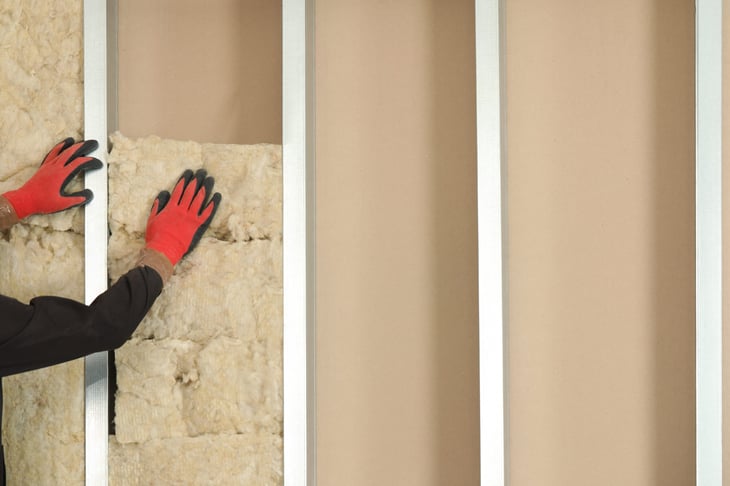
A well-insulated home prevents fluctuations in temperature, keeping your home comfortable and your energy bills low.
However, it’s estimated that the average home is riddled with enough tiny gaps and holes to add up to around a 2-foot square hole — that’s the same as leaving a medium-sized window open all day, every day.
Fortunately, these gaps in the insulation, known as thermal bridges, are often fairly easy to identify and fix.
Doors and windows are a common problem area, and you can check yours by holding up a lighter or candle nearby. If the flame flickers a lot, there’s a draft. Replacing old weather stripping can often solve this issue, or you may find that re-caulking the frame edges is needed.
Gaps left by pipework and HVAC vents are another problem area. Expanding foam is excellent for larger holes and is easy enough to apply.
Check also the joints in HVAC ducts and openings and insulate as necessary. To check your walls, attic, roof and crawl spaces, it’s worth consulting a professional home inspector to locate problem areas.
2. Check Your Plumbing
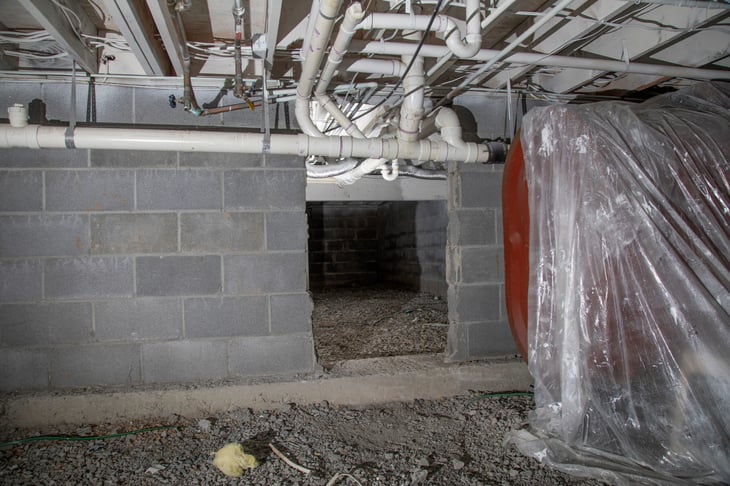
Water wastage is another expense that can build up over time, so it’s worth checking your plumbing regularly. Leaky faucets and shower fittings are common problems but are easy enough to spot, and replacements or repairs are usually inexpensive.
Leaky pipes that aren’t exposed can be harder to detect, but keep an eye open for sudden damp patches and a drop in water pressure. The toilet is another place to check for leaks.
Finally, declutter under sink cabinets, where objects can press against drainage pipes, causing them to leak. This can be difficult to see due to the clutter until the damage is done.
And bear in mind that it can cost thousands of dollars to refit a water-damaged kitchen or bathroom.
3. Maintain Your HVAC System
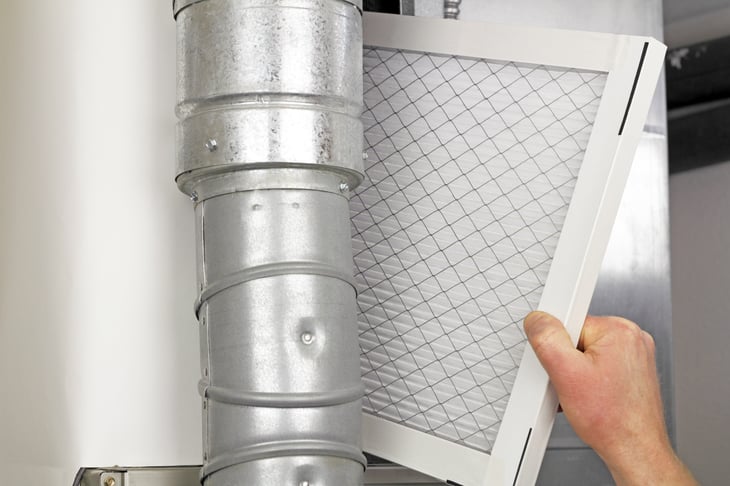
As the heart of any home’s heating and cooling, HVAC units should be regularly maintained. Replace filters as often as twice a week when these systems are in constant use and ensure that they’re professionally inspected at least annually.
The start of summer is a great time to examine your AC unit thoroughly.
Inactivity during the winter can cause the unit to become dirty inside, leading to larger faults later on. Hence, it’s worth giving your AC unit a good clean to extend its life and improve efficiency.
Simply unplug the unit, unmount it, and place it in the yard. Next, remove the filters and clean the cooling coils with water to remove dust and debris. Use a mild detergent to remove grease and oil particles, then rinse well. Leave it to dry in the sun for a couple of hours before refitting.
If it’s slow, noisy, or simply not working, call in a pro to have a proper look.
4. Fix Up Your Fridge
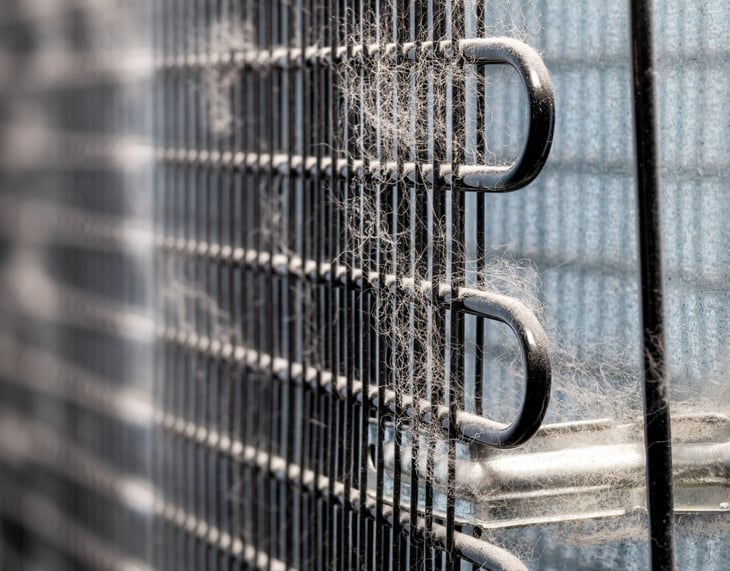
A poorly maintained refrigerator can quickly use up energy and water. One of the most common issues is ineffective door seals.
This seemingly trivial issue can easily cost you hundreds of dollars a year. Fortunately, it’s usually cheap and easy to fix. To check if your seals work properly, take a dollar bill and shut half of it in the fridge door. If it’s easy to pull out, your seals need replacing.
Also, be sure to regularly clean your fridge, especially the cooling coils at the back. They can pick up dust and grime, which makes it harder for them to do their job properly.
If ice is beginning to build up, be sure to defrost your fridge/freezer. Remove everything from the inside, unplug it, and leave the door open to enable the ice to melt.
When you load up your fridge with goodies, be sure to leave enough space for air to recirculate.
5. Look After Your Other Appliances

Your clothes dryer is another big offender when it comes to energy consumption. Clean the lint trap after every use to reduce fire risk and drying time. Also, check the dryer vent and ensure it is kept clear.
With front-loading washing machines, always leave the door open after use to allow any water collected in the rubber seal to dry out, preventing mildew and mold.
Give the door and seals a good wipe and remove the detergent tray each time, rinsing it thoroughly to prevent gunk buildup.
Your hot water tank should be drained at least annually to prevent sediment from building up. If left for too long, this can reduce its life and cost more in heating bills as water takes longer to heat.
6. Keep a Lid on Your Roof
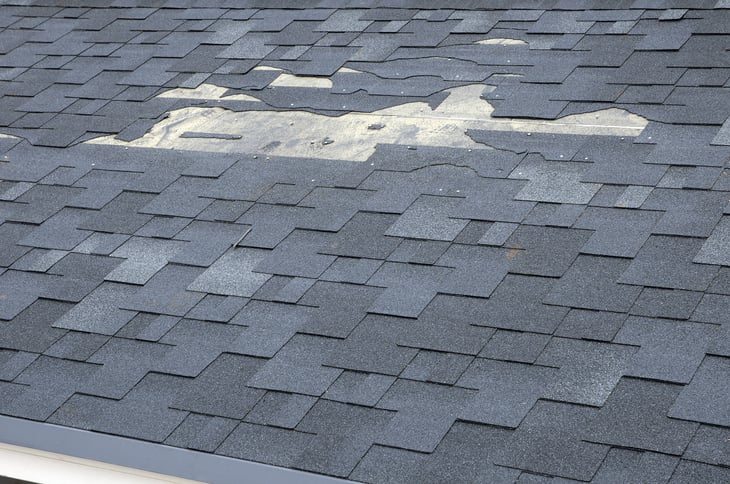
When something goes wrong with the roof, it will cost a lot to fix. So, stay on top of it by regularly checking for wear and tear and signs of age.
Look for loose shingles, holes and damaged flashing — the metal seal that covers the joints — and repair them before they lead to more significant problems, such as water damage.
7. Keep on Top of Yard Work
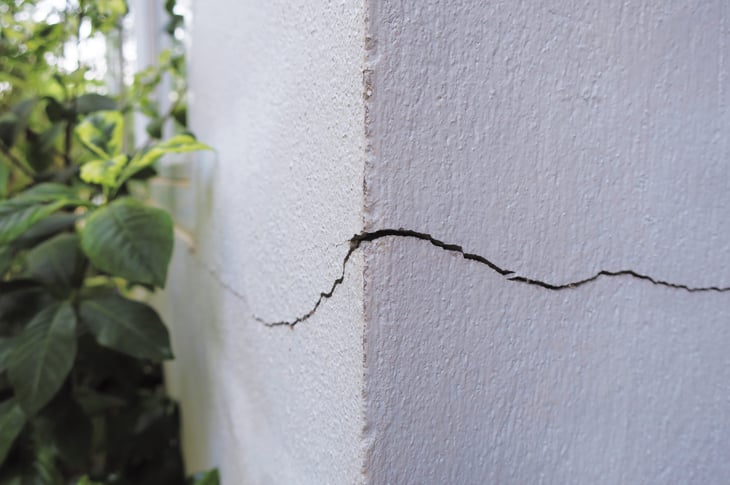
Maintaining your yard is more than making it look pretty.
Overgrown trees, shrubs and bushes can cause major damage to your home if left unchecked. Tree roots, in particular, can crack the foundations of your home, resulting in a significant and costly repair job.
Be sure to clear up any overgrown plants to ensure you can see what’s going on. You can then plant flowers and plants that you want to make your yard more attractive.
Next, cut down overhanging branches that are too close to your home to reduce the risk of damage during a storm.
Poor soil drainage can also cause damage to foundations, with your home essentially sinking and cracking in time. If you have issues with water pooling up around your home, consult a professional as soon as possible.
Finally, take a look at paths, patios and driveways, taking time to repair any small cracks before they become bigger problems.
8. Clean Your Home’s Exterior
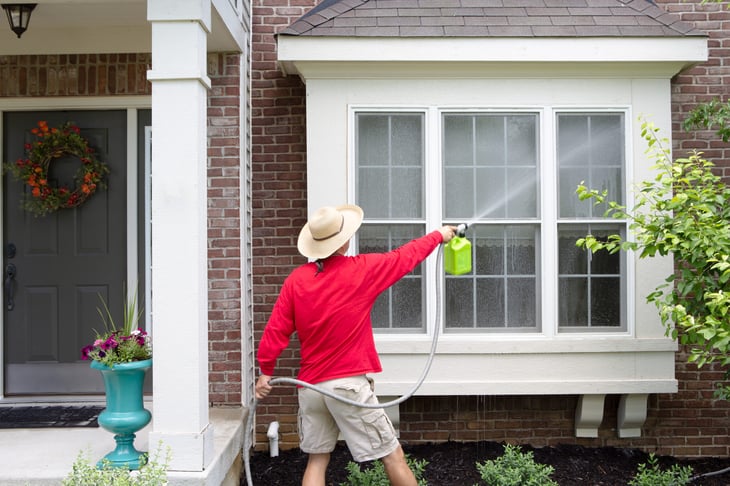
While you’re outside, it’s a good idea to clean and fix up the exterior of your home. First, clean the gutters two or three times a year and check that they’re properly fixed and not leaking.
Next, clean up dirty walls, windows and doors, and if necessary, consider giving them a fresh coat of paint. Most exterior paints are good for about eight years before they need refreshing, so bear this in mind.
Check for damage, particularly on wooden frames, windows and doors, and fix as required.
Look for extensive water damage, characterized by peeling paint and rotting wood, and look to fix the cause rather than just the symptoms.
9. Clear Your Drains
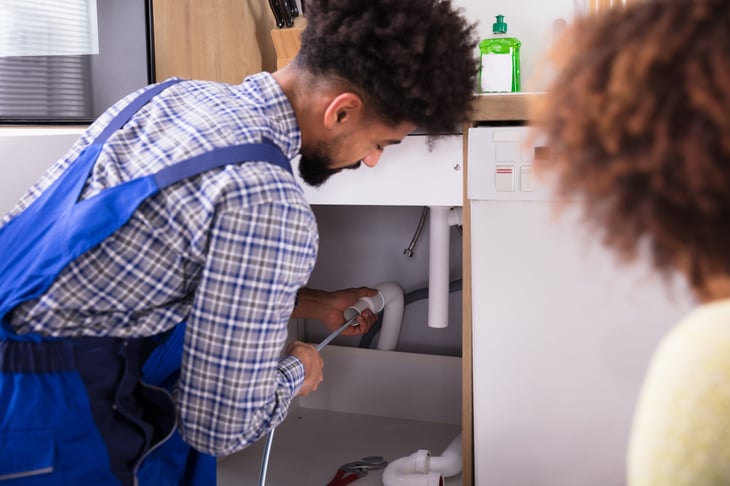
It’s well worth clearing out your drains, and if you have slow drainage, it’s a good idea to have a professional take a look before it gets worse.
Taking care of your septic tank will generally help, and regular maintenance is advised.
If yours hasn’t been pumped for two to three years, it’s worth pumping it before the summer begins. Warning signs for septic tank failures include slow drainage and soggy, smelly patches of grass and soil outside.





Add a Comment
Our Policy: We welcome relevant and respectful comments in order to foster healthy and informative discussions. All other comments may be removed. Comments with links are automatically held for moderation.